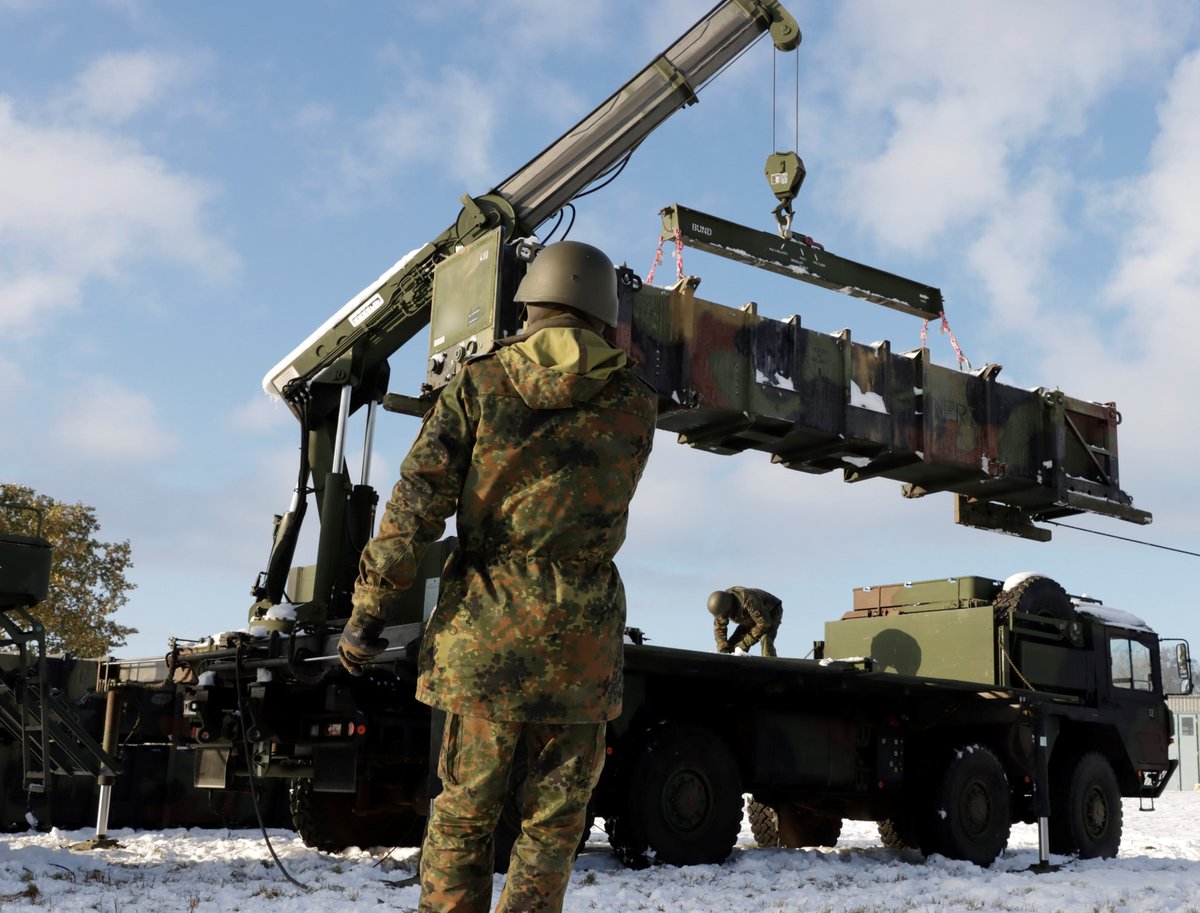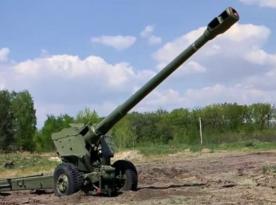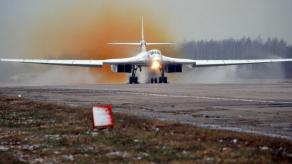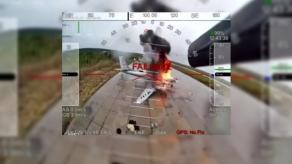The decision to open doors for the supply of weapons was confirmed to the New York Times by an anonymous official of the U.S. Congress on Friday, May 9. "The critically needed weapons are made in the United States and cannot be exported — even if another country owns them — without American government approval," the report adds.
Against the backdrop of Washington delaying with permits for other vital military assistance, like the Australian M1 Abrams tanks, the move marks a relative warming of relations with Kyiv and aligns with the declared policy that Europe should shoulder Ukraine aid on its own.
Read more: U.S. is Blocking Australian Tanks For Ukraine But Also Pressures Greece to Hand Over Its Patriot — What's the Logic?

No other details or reasoning of the decision were provided, but the timing is notable: Patriot effectors will sustain Ukraine's ability to repel ballistic strikes at a time when Iran is preparing a delivery of its Fath-360 ballistic missiles to russia.
As for the artillery rockets, the only launch system in Germany's service is the Mars II — a local name for the M270 tracked launcher, sister of wheeled HIMARS. The launcher deploys M31 GMLRS 227mm satellite-guided rockets and also 237mm rockets carrying AT-2 scatterable anti-tank mines.
Kherson Oblast, a deployed Ukrainian AT2 scatterable anti-tank mine sits on a dirt road, with the S3 "scratch wire" contact fuze raised. This is most likely the DM-1399 version, which is deployed by an MLRS rocket. pic.twitter.com/4SebqlwgmN— OSINTtechnical (@Osinttechnical) September 24, 2022
Also known in the Bundeswehr as the DM702, the landmine is essentially the same munition that is found in SMArt 155 precision-guided artillery shells. However, those are likely not the ones greenlighted for transfer, since they are locally produced with ITAR-free components, not regulated by the U.S. government.
There is no known instances of Germany acquiring ATACMS or Tomahawk systems, so these options are ruled out. Therefore, Ukraine will likely receive a reinforcement of its precision strike capability within a 80-km range — not new in principle yet still critical support.
Just a few days ago, a GMLRS rocket once again proved its effectiveness in pinpoint attacks by taking down a russian-operated KN-09 rocket launcher deployed in the Kursk Region. The system was supplied to the russian forces by North Korea.
Read more: Iran to Deliver Fath-360 Launchers to russia, Expanding Missile Threat to Ukraine














